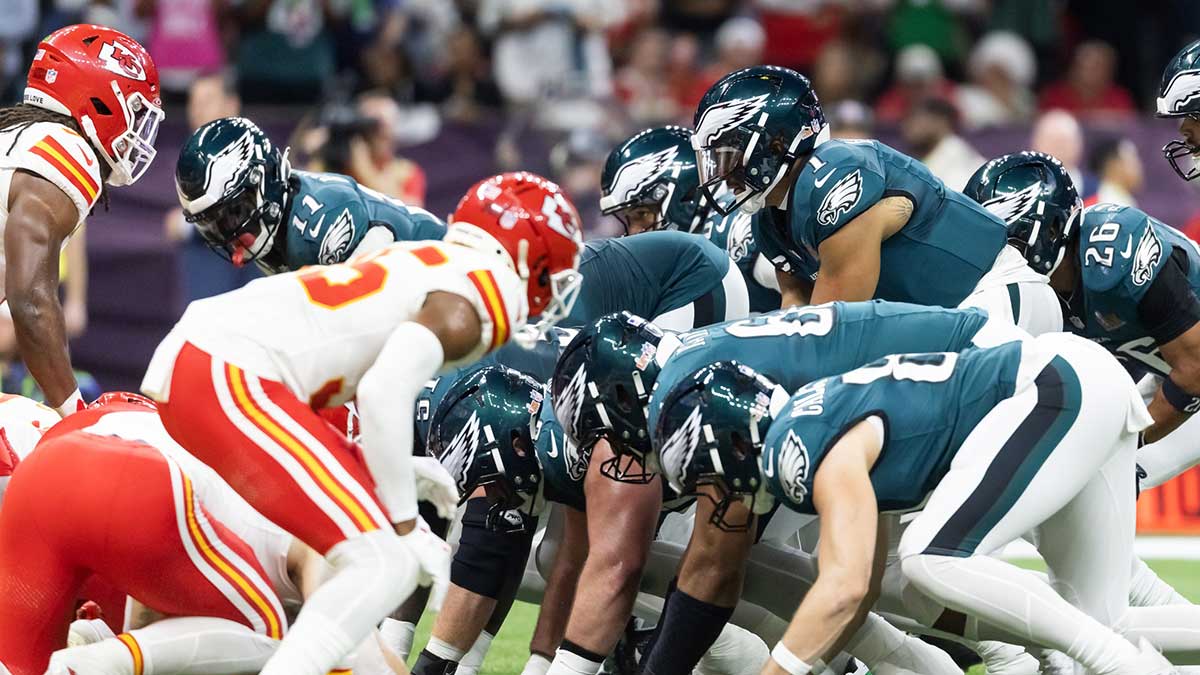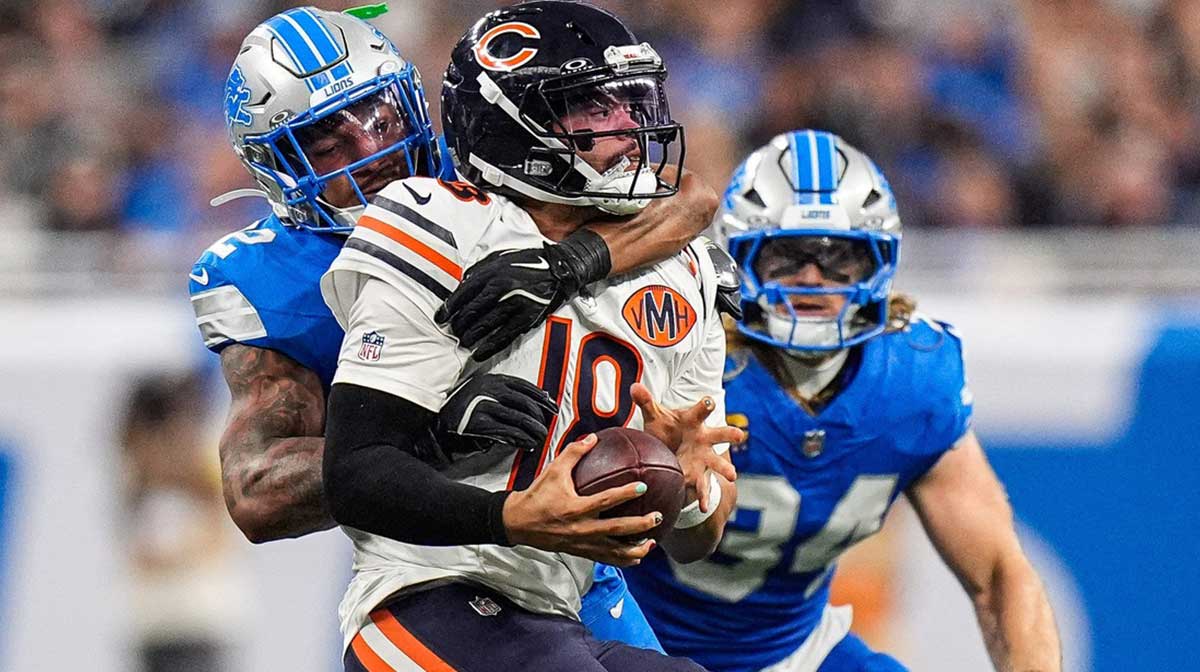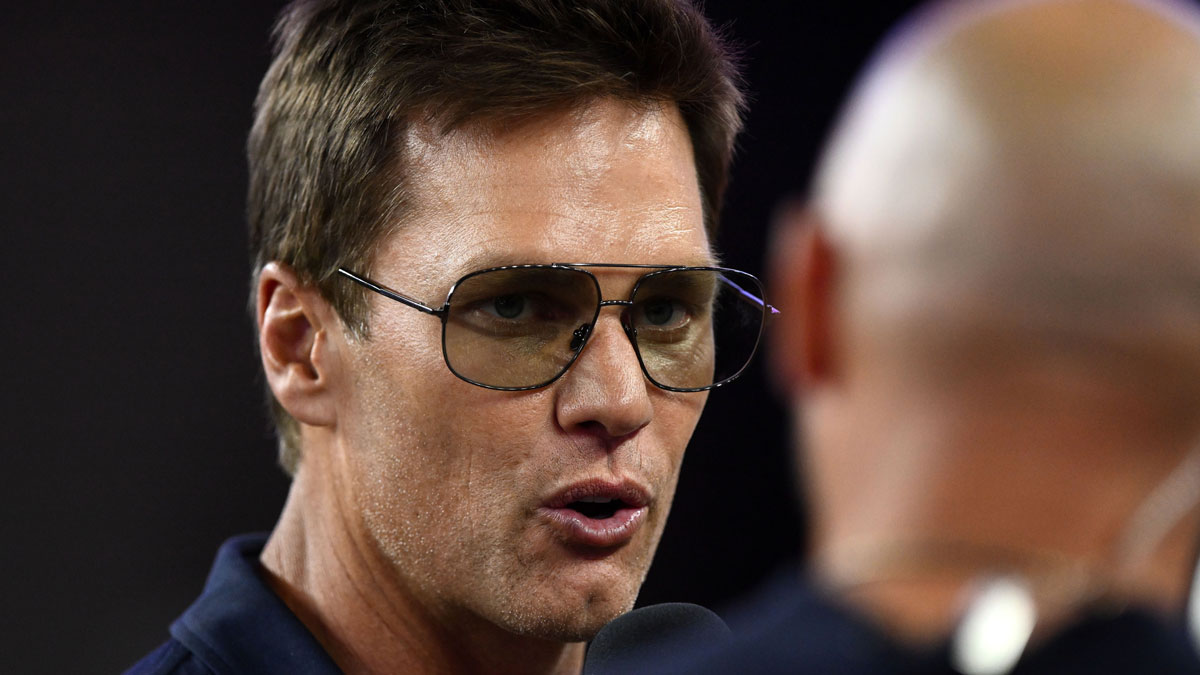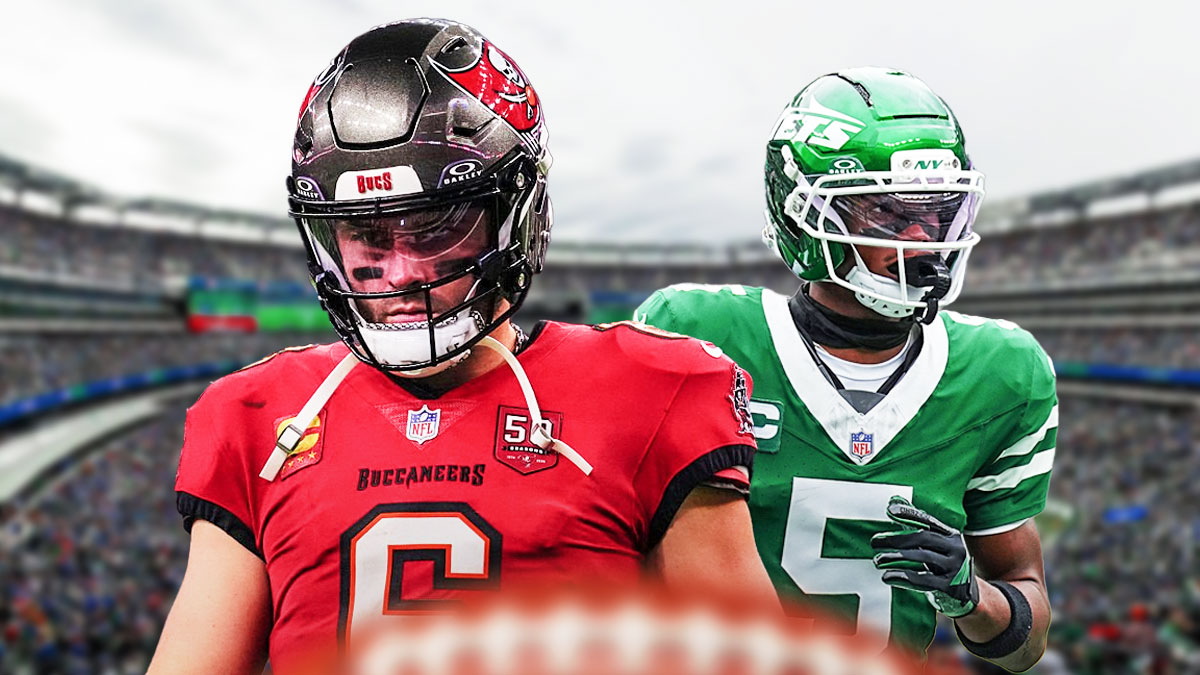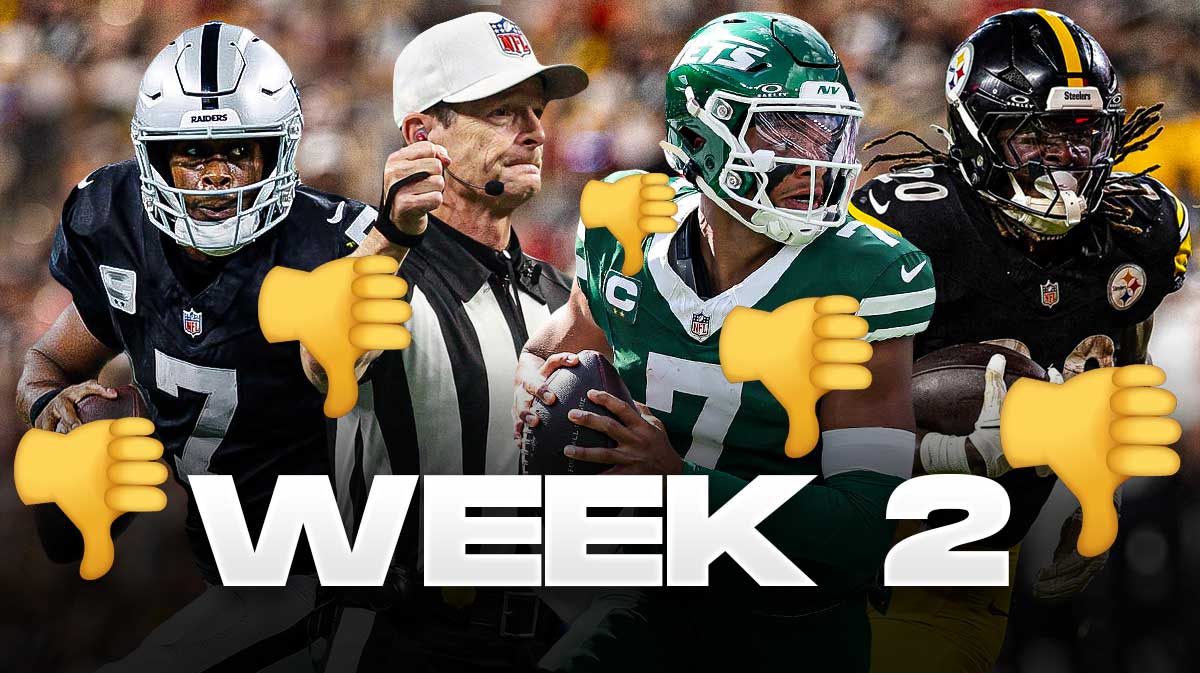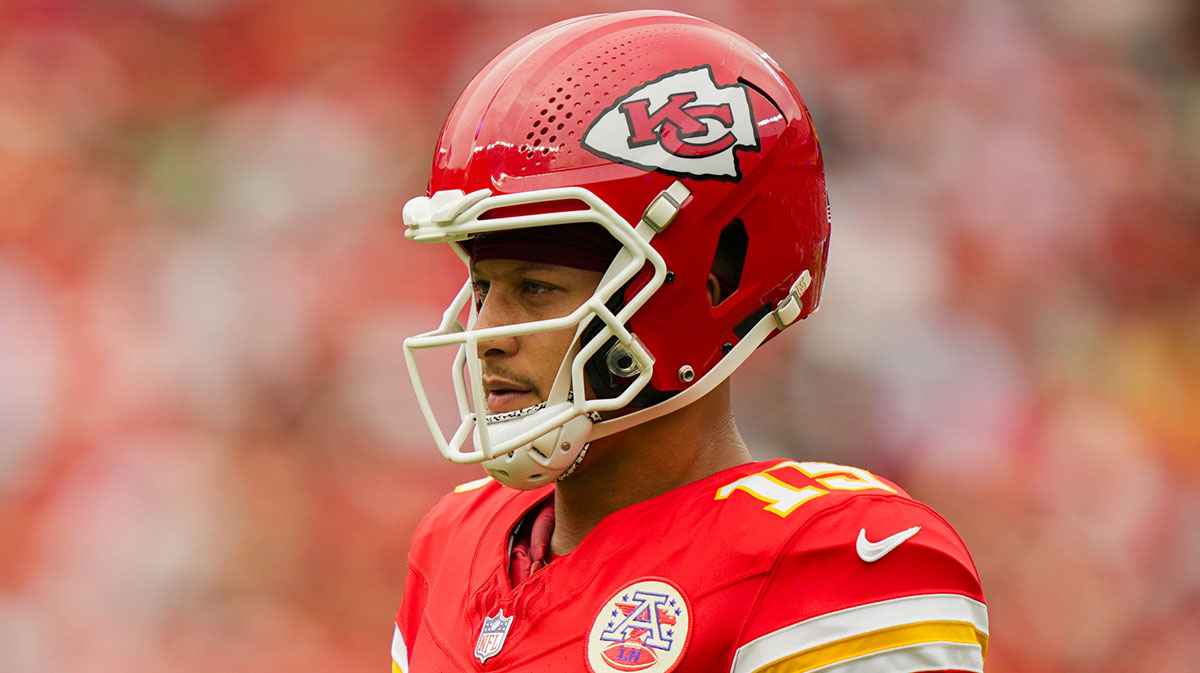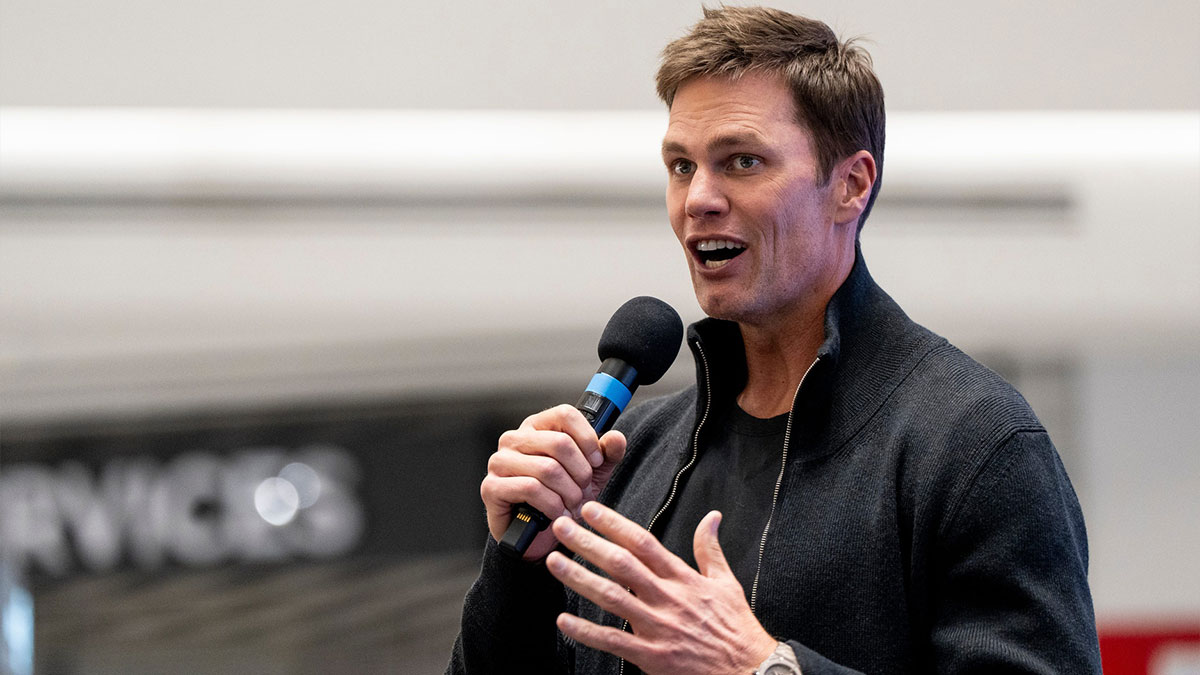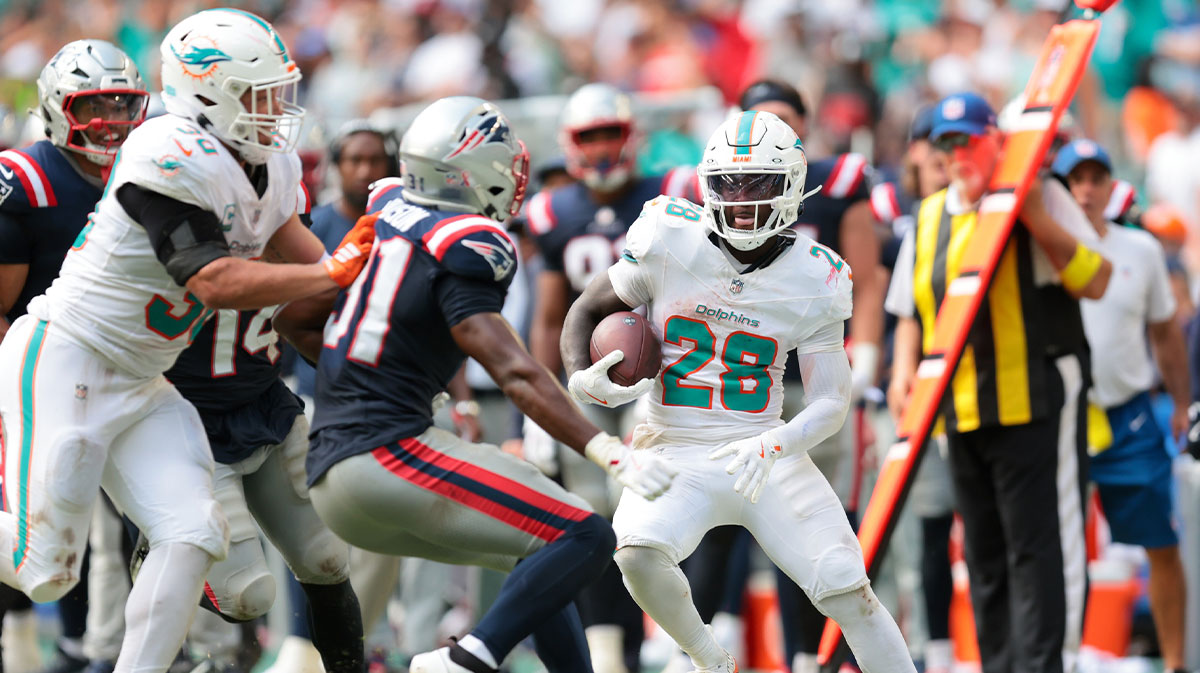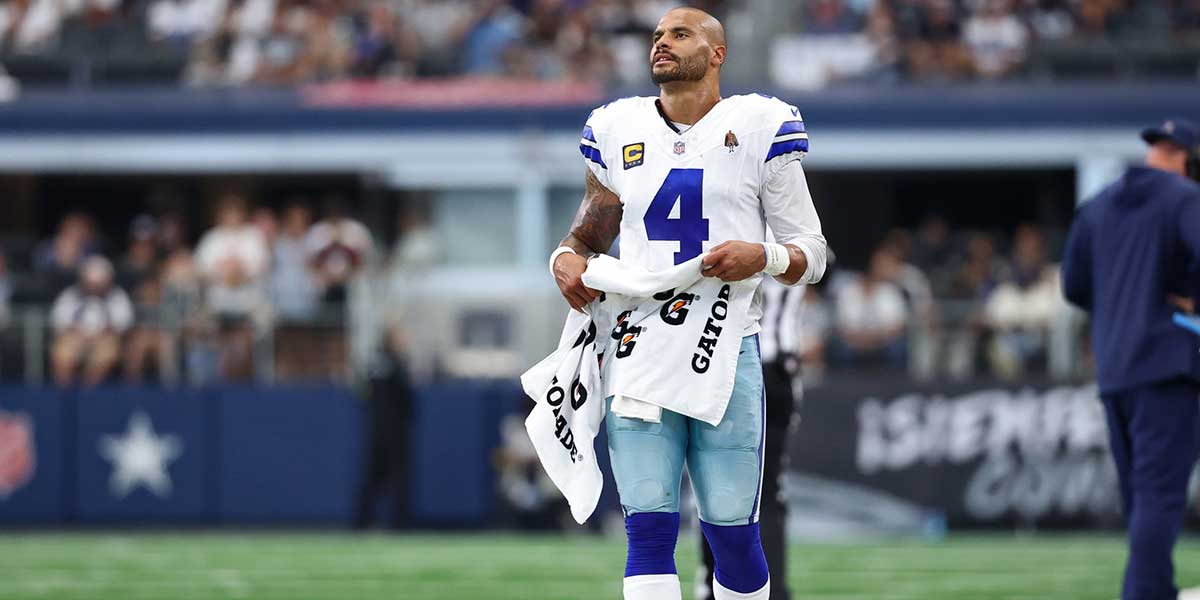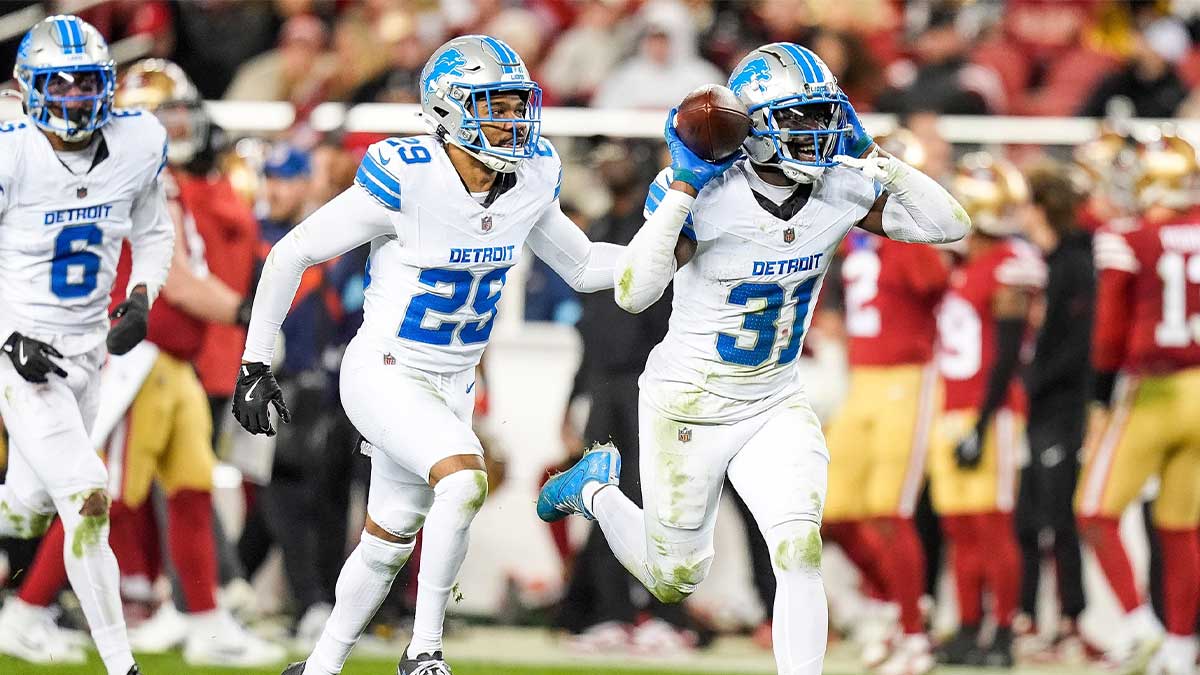The Tush Push rule, which enables a quarterback sneak powered by teammates pushing from behind, originated with a controversial change in 2005. ESPN’s Mike Greenberg explained the backstory on the latest broadcast of Get Up, describing how the rule evolved under pressure to simplify officiating.
“For 90 years, up until 2005, pulling the ball carrier and pushing the ball carrier were both against the rules. In 2005, they made pushing legal because, ‘It was too difficult to legislate,’” Greenberg said.
He cited a statement from Mike Pereira, NFL Director of Officials at the time:
“What the league found was so difficult was you were never sure who was pushing who. You're not necessarily pushing the runner. You’re going to be pushing someone else that's in contact with the runner. So, it became too difficult to officiate. So, we just said, Okay, it's legal to push.”
2005 rule change paved way for Eagles’ Super Bowl LIX success with Tush Push

Greenberg also noted:
“That's a terrible reason to change a rule, but that is the reason they changed it.”
The 2005 revision legalized pushing the ball carrier, ending decades in which both pulling and pushing were penalized — a rule intended to preserve fairness in short-yardage plays.
That change paved the way for the Tush Push, a tactic the Philadelphia Eagles have deployed successfully. The Eagles recently won Super Bowl LIX, defeating the Kansas City Chiefs 40-22 to secure the franchise’s second Super Bowl title.
Critics argue the rule change sacrificed competitive balance for officiating ease. But its impact is undeniable, as a single decision nearly two decades ago now shapes one of the NFL’s most debated strategies.

